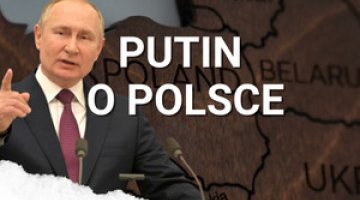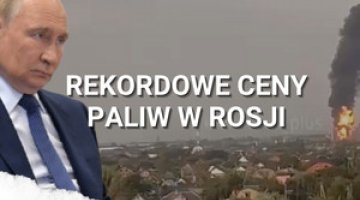Clashes at the border of Chechnya and Dagestan
Between 13 and 17 February the biggest clashes in eight years broke out at the administrative border between Chechnya and Dagestan in the North Caucasus in Russia. The first incident took place in the region of Nozhai-Yurt in Chechnya where the units of the Chechen Interior Ministry (controlled by the pro-Russian leader of the republic Ramzan Kadyrov) attacked a group of militants commanded by the local field commander Makharbi Timiraliyev, who was wanted for terrorism. The rebels succeeded in escaping the siege and finding their way to Dagestan. In Dagestan they were joined by two groups of Dagestani militants (at that point the rebel forces totalled approximately 60-100 people). They clashed with the units of the internal armies of the Russian Interior Ministry which used artillery and aircraft (the Chechen police force also took part in the operation). The fighting culminated on 17 February.
An exact number of those killed in the attacks is unknown, it may however be assumed that in total a few tens of people died on both sides. The Chechen Interior Ministry has announced that there were 17 people killed and 24 wounded (it is not clear if these are the casualties of their units or of all governmental forces that participated in the operation); the same source said that Timiraliyev and six members of his group were killed in battle. Most likely a large part of the militants succeeded in escaping the ambush and dispersed.
- The militants who took part in the clashes belong to the armed Islamist underground movement known as the Caucasus Emirate (a “virtual” state which fights for the secession of the North Caucasus from Russia and introducing sharia there). Its leader (“emir”) is Dokku Umarov. The emirate is not a centralised structure, particular groups enjoy a large degree of autonomy and they are linked by the formal leadership of Umarov. The active involvement in the fights of militants from Dagestan should be linked with rivalry over the leadership in this sector of the emirate after the former local leader of the underground Ibrahimhalil Daudov (the “emir of Dagestan”) was killed.
- We may assume that the clashes were not planned by the militants (who avoid mounting operations in winter). The fighting may have occurred due to a coincidence (the flight of the Timiraliyev group, to Dagestan when surrounded by the Chechen police forces).
- Contrary to the declarations of the Russian authorities, the militants still have considerable potential which enables them to destabilise the situation in the region's republics. Despite the combat against the armed underground followed for over ten years now, the number of militants is not falling (according to the data from “the Memorial”, in 2011 in Chechnya alone 56 militants died, they were however replaced by new ones). The recent events once again prove that the policy of force applied by the Kremlin towards the North Caucasus is ineffective.
- The clashes in the Caucasus are not good for the image of Vladimir Putin who is running in the presidential election (in 2000 he became president for the first time in part due to having announced that he would effectively combat terrorism). Probably because of this the Russian media's coverage of the events was rather cursory. It cannot be ruled out that an informal embargo on information about the clashes was imposed: despite the unprecedented scale of the fighting no related official statement was issued after 18 February.





